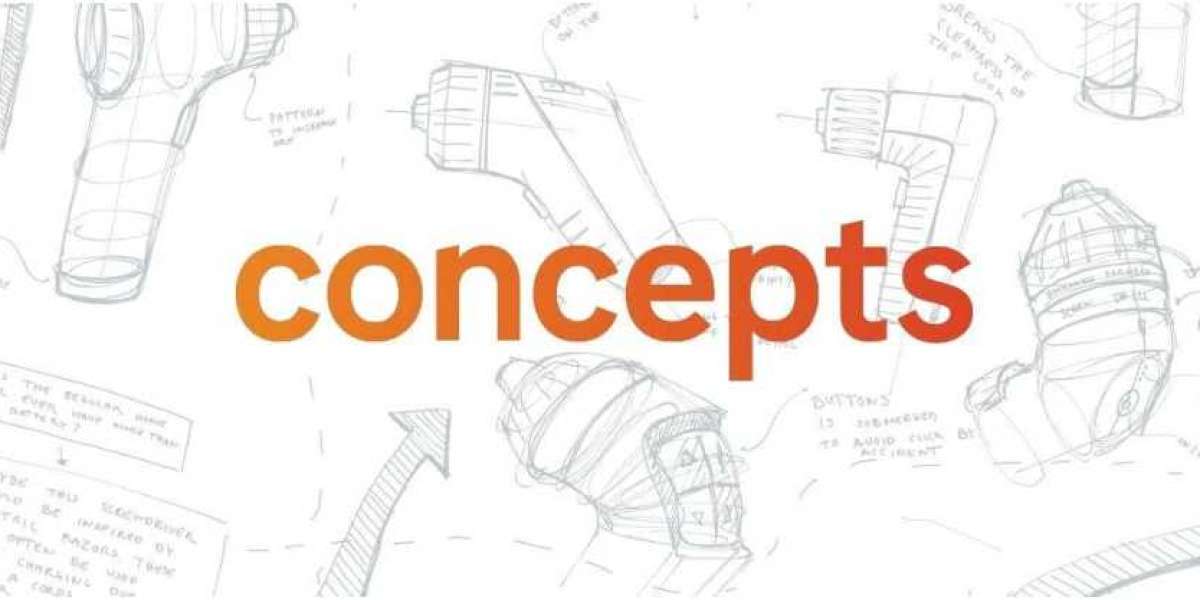Proper management of medical waste is crucial for the protection of public health, healthcare workers, and the environment. Medical waste disposal regulations are established to ensure that potentially infectious and hazardous materials are handled and disposed of safely. This article aims to demystify the basics of medical waste disposal regulations, shedding light on their significance, classification, and key elements.
Medical waste, also known as biomedical waste, encompasses a wide array of materials generated in healthcare settings. It includes items that are potentially infectious, hazardous, or require special handling and disposal. Examples of medical waste include used syringes, contaminated dressings, pathological waste, and infectious cultures.
Classification of Medical Waste
Medical waste is classified based on its potential to carry infectious agents and other hazards. Two common categories include:
a. Infectious Waste: This category includes materials known or suspected to contain infectious agents, such as blood or bodily fluids, and items contaminated with infectious materials.
b. Hazardous Waste: Some medical waste may also be classified as hazardous waste due to characteristics like toxicity, reactivity, ignitability, or corrosiveness. These materials require additional care in handling and disposal.
Regulatory Agencies
Medical waste disposal regulations are developed and enforced by government agencies at various levels. These agencies play a pivotal role in creating guidelines, conducting inspections, issuing permits, and enforcing compliance. In the United States, the Environmental Protection Agency (EPA) and the U.S. Department of Transportation (DOT) are federal agencies involved in regulating medical waste.
Compliance with Medical Waste Disposal Regulations
Healthcare facilities must adhere to stringent regulations governing the disposal of medical waste. The key components of compliance include:
a. Segregation: Proper segregation of medical waste from non-hazardous waste is crucial to prevent contamination. Healthcare facilities must separate medical waste at the point of generation to avoid cross-contamination.
b. Packaging: Medical waste must be securely packaged in containers that are leak-proof, puncture-resistant, and properly labeled with biohazard symbols and information about the waste's contents.
c. Handling and Storage: Medical waste containers must be tightly sealed, and waste should be stored in areas with controlled access to prevent unauthorized individuals from entering.
d. Transportation: Regulations specify the safe transportation of medical waste, including the use of certified containers and trained personnel. Proper documentation, such as waste manifests, is essential for tracking waste from the source to its final disposal.
Treatment and Disposal Methods
Medical waste must be treated and disposed of according to regulatory guidelines. Common treatment methods include:
a. Autoclaving: Autoclaves use steam sterilization to kill pathogens and render medical waste non-infectious.
b. Incineration: High-temperature incineration is another method that destroys hazardous materials, including infectious agents.
c. Landfills: Some non-infectious medical waste can be disposed of in secure landfills designed to handle hazardous materials.
d. Recycling: In some cases, materials like plastics or sharps containers can be decontaminated and recycled, reducing the environmental impact.
Education and Training
Healthcare workers, laboratory personnel, and other staff handling medical waste must receive education and training in compliance with regulations. Training programs cover the safe collection, storage, and disposal of medical waste, as well as proper use and disposal of personal protective equipment (PPE).
Reporting and Documentation
Healthcare facilities are required to maintain detailed records of medical waste generation, treatment, and disposal. These records ensure transparency, accountability, and compliance with regulations.
Conclusion
Understanding the basics of medical waste disposal regulations is essential to ensure the safety of patients, healthcare workers, and the environment. Compliance with these regulations is crucial for responsible waste management and minimizing the risk of infection transmission. By adhering to the guidelines for the proper segregation, packaging, transportation, treatment, and disposal of medical waste, healthcare facilities can maintain the highest standards of safety and contribute to a cleaner, healthier, and safer environment for all. Demystifying these regulations not only protects the health and well-being of individuals but also preserves the ecological integrity of our surroundings.








